Upcoming Events
Sherlock's Genealogical Adventures
Follow Sherlock on his adventures into genealogical mysteries.
3 minutes reading time
(568 words)
What Are Primary & Secondary Sources?
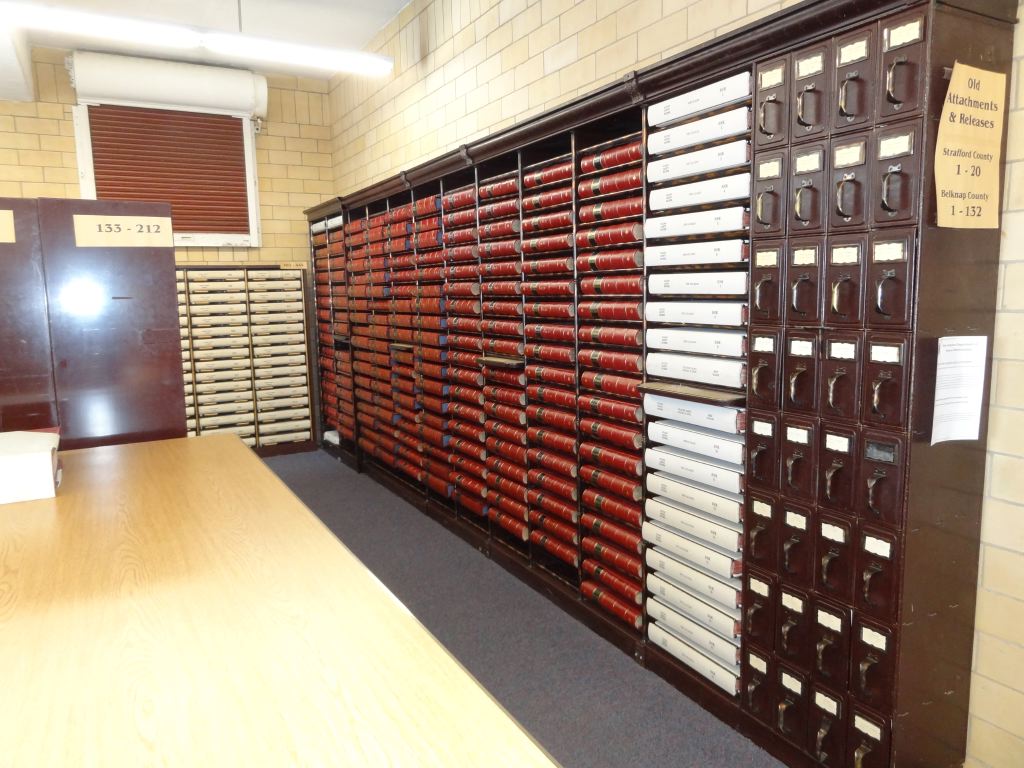
If you are new to genealogy research, you may or may not have heard the terms "Primary Source" or "Secondary Source". So,what are these terms and how do they relate to your ancestral research?
Primary sources come from records that were created by someone who is required to document accurate records, an eyewitness or a person involved at the time of the event. Some of these include vital records (birth, death, marriage or divorce), family bible, deeds, military records, census information, naturalization records, and more. A family bible would only be considered a primary source if the events were recorded at the time they actually occurred. It should be a genealogist's goal to always acquire primary sources for the information they seek, because they are considered to be more accurate. It should be noted that just because they are primary sources it does not preclude them from having an error, although it is not a common occurence.
Secondary sources are documents and records that were not created at the time that an event occurred. For example: old letters, books, oral interviews, transcriptions/translations, indexes and vital records for events other than what they were written for. A marriage record would be considered a secondary source for the birth information it contains. Someone who remembers the event, and may not be correct usually supplies secondary source information. Any extraction or transcription of a primary source document automatically becomes a secondary source for the primary source information it contains, because it is not original and the act of rewriting it opens up the possibility for errors.
Many documents contain both primary and secondary information. Examples include death & marriage records, tombstones, pension records, etc. In a death record, the primary information may be the name and residence of the person who died, date and place of death, cause of death, sex, marital status, and name of the surviving spouse. Secondary information could include information like the date and place of birth of the person who died and the names and residences of their parents. This information may not be accurately known by the person reporting it.
Remember that a primary source is defined by the information you are looking for. A census record would be a primary source for the place of residence of a person or maybe occupation, but would be a secondary source for a date of birth. In the absence of a primary record for any particular piece of information you are looking for, you would need to have a number of secondary sources and in order to have proof. I would highly recommend following the GPS (Genealogical Proof Standard).Primary sources come from records that were created by someone who is required to document accurate records, an eyewitness or a person involved at the time of the event. Some of these include vital records (birth, death, marriage or divorce), family bible, deeds, military records, census information, naturalization records, and more. A family bible would only be considered a primary source if the events were recorded at the time they actually occurred. It should be a genealogist's goal to always acquire primary sources for the information they seek, because they are considered to be more accurate. It should be noted that just because they are primary sources it does not preclude them from having an error, although it is not a common occurence.
Secondary sources are documents and records that were not created at the time that an event occurred. For example: old letters, books, oral interviews, transcriptions/translations, indexes and vital records for events other than what they were written for. A marriage record would be considered a secondary source for the birth information it contains. Someone who remembers the event, and may not be correct usually supplies secondary source information. Any extraction or transcription of a primary source document automatically becomes a secondary source for the primary source information it contains, because it is not original and the act of rewriting it opens up the possibility for errors.
Many documents contain both primary and secondary information. Examples include death & marriage records, tombstones, pension records, etc. In a death record, the primary information may be the name and residence of the person who died, date and place of death, cause of death, sex, marital status, and name of the surviving spouse. Secondary information could include information like the date and place of birth of the person who died and the names and residences of their parents. This information may not be accurately known by the person reporting it.
Quite often in genealogy we are not only looking for primary source documents, but any other documents that may contain clues that will lead us to that primary source. Always "follow through" in your search for the primary source of the information you need. If you are playing the game of golf, you need to have good "follow through" to make a successful hit on your ball. You don't stop your swing at the moment the club touches the ball. Don't just assume that because you have many multiple secondary sources, you don't need the primary source.
No matter where you obtain your information from, it is always important to document your source. Your source citation should provide enough information that will let you, or someone else, go back and locate the document again.
Stay Informed
When you subscribe to the blog, we will send you an e-mail when there are new updates on the site so you wouldn't miss them.
Website by: Tim Firkowski
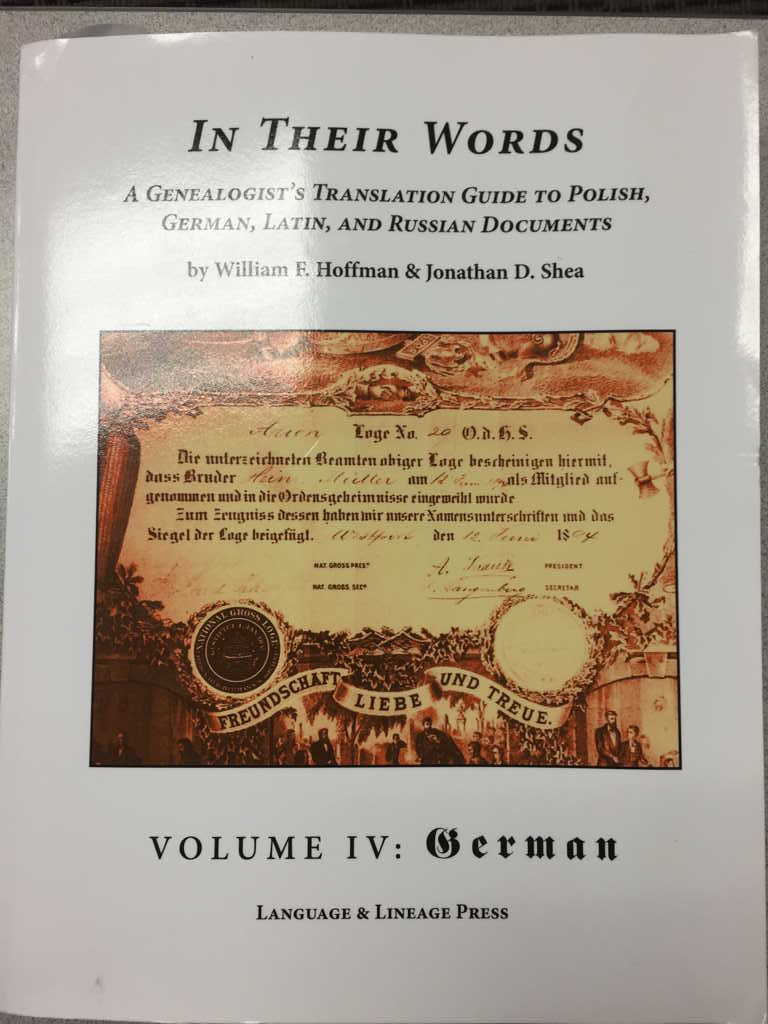
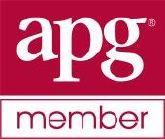
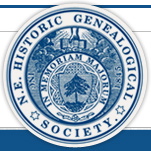
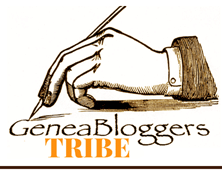
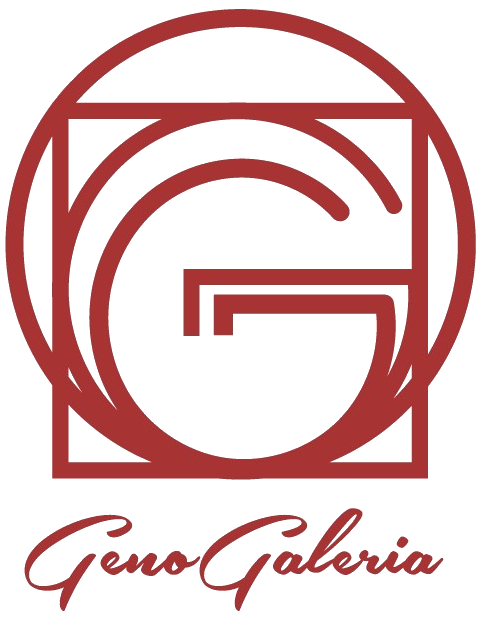


Comments 11
Thank you for this article. As the family historian and relatively new at this, I have unknowingly been following these principles you mention as a matter of personal protocol. I'm always searching for documents that tell the story, connect the dots, but supportive and authoritative reference is preferred over something someone said or a secondary, less valid or possibly flawed document or site/cite.
Until this article, it hadn't occurred to me that the term "primary source" and "secondary source" existed. To me, it was "authoritative reference" as you described as the primary source. You're right, many errors do exist with the secondary sources as in spellings & such so again, it's a guide that leads vs. something that should be considered as concrete like the primary source. Find-a-grave is an excellent secondary source, but shouldn't be taken as primary because there are many errors, especially in the translation from one language to another.
These sources are "connections" - as in connecting a child to its parent and/or place of residence or birth/death. Ditto for spouses. It's bothersome to review trees with either duplicate information or with two census records for the same year but with differing information. Obviously said person can't be in two locations with two separate sets of parents, right? The connections & authoritative references validate my work. It just makes sense.
Appreciate learning the terminology involved and time you took to explain. Looking forward to learning more.
Thanks again!
L J
Leslie, I come in contact with prospective clients, who are amateur genealogists and have no concept of primary & secondary information. There is always something to learn in genealogy no matter how much experience someone has.
The issue of hearsay was not addressed directly. But I firmly believe that Find a Grave is hearsay, as is much of the family info. on a death certificate. This also happens in old family Bibles, as the info if passed down through the years by "word of mouth". Can you comment on this?
Sarah, I would consider information on Find a Grave an extraction or transcription of information. There can be errors, but information given may help you find the Document that holds the primary information. Bibles could contain primary information if the bible is the original and the entries were made at or near the time of the event. (exactly when it was written may not be known) If information is transferred to other bibles, then it would be information that was transcribed.
I agree with you about Find A Grave. In my case, the cemetery where 90% of my family is buried is on find a grave because someone took all their records and just created memorials. That said, it has helped me find information & dates so that I could then find the actual documents for my research.
My understanding is that the genealogical community has moved away from using "primary" and "secondary" to describe sources. Instead, as you correctly state, "primary" and "secondary" are categories that apply to the information contained in the source. The source itself can be described described as "original," "derivative," or "authored."
Bart, You are correct. In my zeal to address this subject (out of frustration), I failed to use the proper nomenclature.
What do you mean by Forensic Genealogy, and Forensic Genealogy Techniques?
Hi Joneta, I had not referenced Forensic Genealogy in the Blog Post, but I am guessing that you are referencing what is written in my bio. If you google "Forensic Genealogy" you will get a number of results that will help explain it. One of the best sources for this info can be found here http://www.forensicgenealogists.org.
I hold birth and death certificates for several people in my family. Obviously, they are copies of existing data. How do I reference them? I don't want to spend the time finding them in a public database such as a county courthouse. I already have them here. Should I use Linda's filing cabinet? Linda's ancestry files? Linda's secondary sources because she couldn't find the primary source online? I am not trying to be a joker, I really don't know how to reference this data.
A vital record would be considered to have primary information if it is original. With that said, If they are a photocopy of the original it still has the original information. A certified copy may not be a photocopy, but instead be an extraction/transcription of the information contained within. For example, I have both a photocopy of my original birth certificate & later acquired a certified copy. The "original" has information on it that is not recorded in the certified copy I acquired later. In my case the certified copy that was transcribed is correct for all the information provided, but because a human transcribed it, there is always a possibility for errors. I like to see the original whenever possible. As far as writing your source citation, this is a totally different topic. I suggest you acquire the book "Evidence Explained" by: Elizabeth Showm Mills.